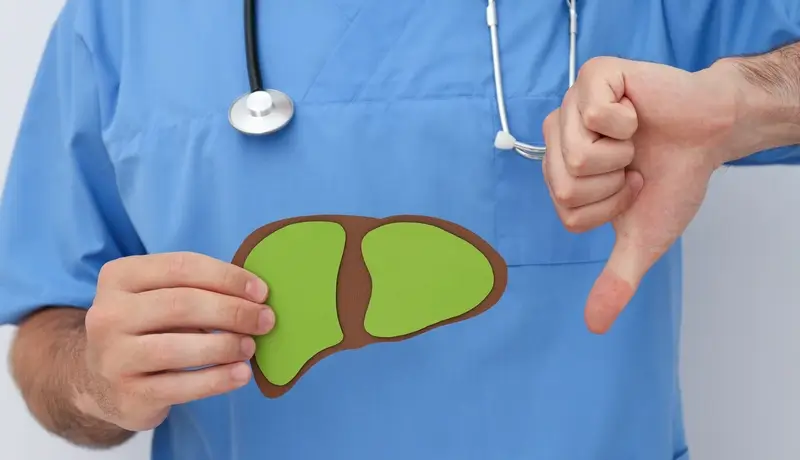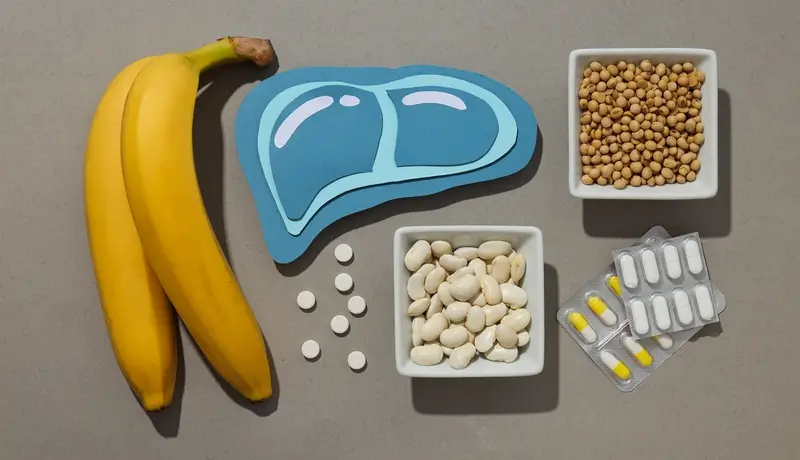Comprehensive Guide to Liver Injuries: Causes, Symptoms, and Treatments
Understanding Liver Injuries
The liver is one of the most vital organs in the human body, responsible for filtering toxins, producing bile, and storing essential nutrients. Due to its location and dense network of blood vessels, it is also one of the most vulnerable organs to injury. Liver injuries range from minor bruises and contusions to severe lacerations and internal bleeding. Understanding the signs, causes, and treatment options is crucial for prompt and effective management of liver injuries.
Specific Signs of Liver Injuries
Liver injuries often present distinct symptoms that can help in their identification. One of the most common indicators is abdominal pain, particularly in the upper right quadrant, where the liver is situated. This pain may radiate to the right shoulder if the injury involves the diaphragm. Other early symptoms include nausea, vomiting, and general discomfort. Severe cases might lead to signs of shock, such as rapid heart rate, shallow breathing, and cold, clammy skin. Recognizing these symptoms promptly can significantly improve patient outcomes.

Detecting Liver Injuries with Imaging Techniques
Imaging techniques are indispensable tools in diagnosing liver injuries. Computed tomography (CT) scans are particularly effective as they provide detailed cross-sectional images, allowing doctors to identify lacerations, hematomas, and internal bleeding. Ultrasonography, a non-invasive and widely available method, is often used in emergency settings to quickly assess liver injuries. These imaging modalities not only confirm the presence of injury but also help in determining its severity, guiding treatment decisions.
Causes of Liver Injuries
Liver injuries commonly result from traumatic events such as car accidents, falls, and sports injuries. Penetrating injuries, including gunshot wounds and stabbings, are also significant causes. Additionally, blunt trauma from physical assaults or industrial accidents can lead to liver damage. Non-traumatic causes, such as liver disease or infections, may weaken the liver’s structure, making it more susceptible to injury.
Risks of Severe Bleeding in Liver Injuries
The liver’s dense vascular structure makes it particularly prone to severe bleeding. When injured, blood loss can occur rapidly within the abdominal cavity, leading to hypovolemic shock. This life-threatening condition requires immediate intervention to stabilize the patient. Delayed treatment can result in organ failure and death, underscoring the importance of prompt medical care.
Symptoms of Severe Liver Injury and Shock
In severe liver injuries, patients often exhibit signs of systemic shock, such as rapid heartbeat, low blood pressure, and pale or bluish skin (cyanosis). These symptoms indicate that the body is struggling to maintain adequate blood circulation. Locally, patients may experience significant abdominal pain, swelling, and tenderness. If left untreated, these conditions can quickly worsen, necessitating emergency medical attention.
Diagnostic Techniques for Liver Injuries
Medical professionals rely on advanced diagnostic tools to confirm and assess liver injuries. CT scans are the gold standard for visualizing the liver’s structure and detecting injuries such as lacerations and hematomas. Ultrasonography, particularly in emergency settings, provides a rapid and non-invasive assessment. In cases where imaging is inconclusive or bleeding is severe, exploratory surgery may be necessary to directly visualize and address the injury.
Surgical and Non-Surgical Treatment Options
Treatment for liver injuries depends on the severity of the damage. Minor injuries often heal with rest, monitoring, and supportive care. Hospitalization allows for close observation to ensure complications do not arise. For more severe injuries, medical interventions such as blood transfusions and embolization are employed. Embolization, a minimally invasive procedure, involves inserting a catheter into the blood vessels to stop bleeding by blocking the affected vessels.
Surgical and Non-Surgical Treatment Options
Treatment for liver injuries depends on the severity of the damage. Minor injuries often heal with rest, monitoring, and supportive care. Hospitalization ensures complications are promptly addressed. For severe injuries, interventions such as blood transfusions or embolization, a minimally invasive procedure to stop bleeding, are often necessary.
Diet also supports recovery. Foods like leafy greens, fatty fish, and citrus fruits reduce inflammation and aid liver repair. Garlic helps detoxify, while nuts and whole grains promote cell regeneration. These simple dietary choices can significantly enhance the healing process.

When Surgery Becomes Necessary
Surgery is reserved for severe cases where other treatments fail or when the initial injury involves significant blood loss. Surgical intervention allows for direct repair of the liver or, in extreme cases, partial removal of the damaged portion. Advances in surgical techniques have improved the survival rates and outcomes for patients with severe liver injuries.
Long-Term Care and Recovery
Recovery from liver injuries varies depending on the extent of the damage and the treatment provided. Patients are typically advised to avoid strenuous activities during the recovery period to allow the liver to heal. Follow-up imaging and blood tests are often required to monitor the liver’s condition. In some cases, lifestyle changes, such as dietary adjustments and avoiding alcohol, may be recommended to support liver health.
Preventing Liver Injuries
While some liver injuries are unavoidable, taking precautions can reduce the risk. Using seatbelts, wearing protective gear during sports, and following workplace safety protocols can help prevent traumatic injuries. Regular health check-ups and managing underlying conditions like liver disease can also minimize the risk of non-traumatic liver injuries.
Conclusion
Liver injuries are complex medical conditions that require a multidisciplinary approach for effective management. Early detection, appropriate treatment, and diligent follow-up care are essential for recovery. By understanding the signs, causes, and available treatments, patients and healthcare providers can work together to achieve the best possible outcomes. For expert care and guidance, contact our team of medical professionals today.
Frequently Asked Questions
-
What types of exercises are recommended during liver injury recovery?
Engaging in gentle, low-impact exercises like walking or light yoga can help improve blood circulation and overall recovery without straining the liver. -
Are there any specific vitamins or supplements that aid in liver regeneration?
Supplements like vitamin E, milk thistle, and omega-3 fatty acids are often considered beneficial for liver repair and reducing inflammation. -
How can stress management techniques support liver recovery?
Practicing stress-reduction methods such as meditation, deep breathing exercises, or mindfulness can positively impact liver health by reducing cortisol levels, which can otherwise impair healing.


